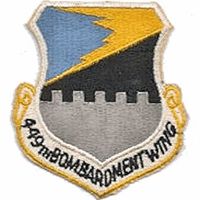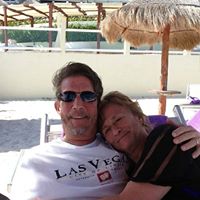How many provinces make up Canada?
Canada is made up of 10 provinces and 3 territories. The major difference between a province and a territory is as follows;
Provinces receive their powers through the Constitution Act of 1867. The Constitution Act divides the powers between the Parliament of Canada (Government of Canada) and the Provinces to manage exclusively. If any of the provinces or the Federal Government desires to make changes to the Act, a Constitutional Amendment is required. The process to make amendments to the constitution requires a resolution by the House of Commons, the Senate and two thirds of the provincial legislative assemblies with at least 50% of the national population.
The provinces are, from west to east, British Columbia (population 4.648 m), Alberta (4.067 m), Saskatchewan (1.098 m), Manitoba (1.278 m), Ontario (13.448 m), Quebec (8.164 m), New Brunswick (747,101 thousand), Nova Scotia (923,598), Prince Edward Island (142,907), and Newfoundland and Labrador (519,716).
The territory’s powers are granted by the Parliament of Canada. To make changes to the powers granted to the territories the Government is able to make any agreed upon changes unilaterally.
The 3 territories are the Yukon (35,874), Northwest Territories (41,786), and Nunavut (35,944).
More Info:
en.m.wikipedia.org









